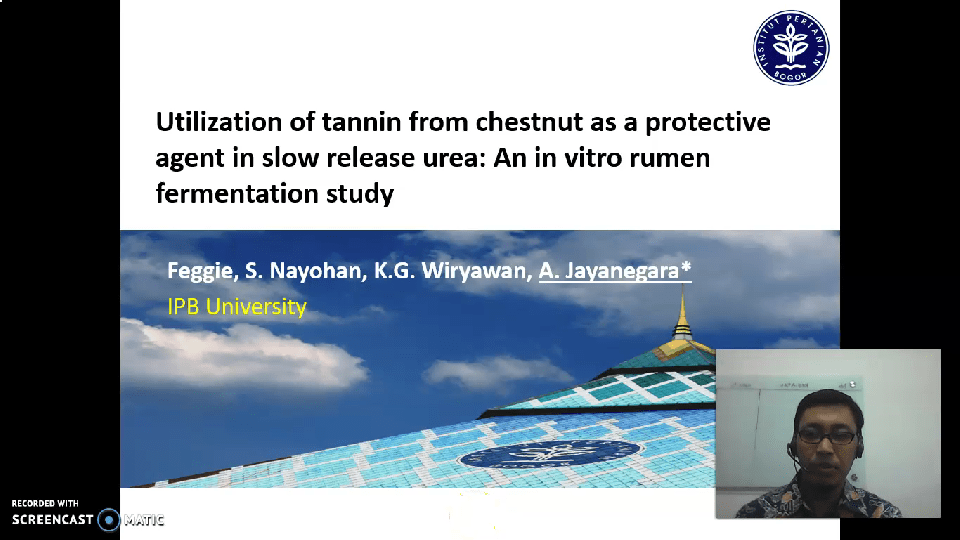Home » Room Video 6 » ID87 Decrease in population of Ditylenchus dipsaci
Paper ID: 87
Decrease in population of Ditylenchus dipsaci in garlic cultivation with the application of mycorrhizae and organic fertilizers
SH Poromarto1,2,3, Hadiwiyono1,2,3, Subagiya1,2,3, Supyani1,2,3, DN Septiriani1, and K Hermawan1
1Agrotechnology Department, Agricultural Faculty of Universitas Sebelas Maret, Surakarta, Indonesia
2Magister Program of Agronomy, Agricultural Faculty of Universitas Sebelas Maret, Surakarta, Indonesia
3Doctoral Program of Agricultural Sciences, Agricultural Faculty of Universitas Sebelas Maret, Surakarta, Indonesia.
Email: susiloporomarto@staff.uns.ac.id; hadiwiyono@staff.uns.ac.id;
Garlic is the main commodity of farmers in Tawangmangu, Central Java. The superior variety in the area is Tawangmangu Baru. Unfortunately this variety is susceptible to garlic root rot caused by Fusarium oxysporum f.sp. cepae. The infection of this pathogen was increased by the presence of the nenamtode Ditylenchus dipsaci. Besides the loss due to single infection, this nematode can predispose garlic to be susceptible to garlic root rot disease. Therefore, population decrease of D. capsici is important as a component of integrated control of the two pests. Environmentally friendly control is a priority now and in the future, including biologically, such as the application of mycorrhizae and orgnically such as organic fertilizers. This paper reports a decrease in the population of D. dipsaci in garlic cultivation with the application of mycorrhizae and organic fertilizers. This research was conducted on farmer’s land in Tawangmangu Karanganyar Central Java at an altitude of 1000 m asl and Andosol soil type. The results showed that mycorrhizae, compost, and husk charcoal could decrease the population of D. capsici. The effectiveness of nematode population decrease in the single treatment of mycorrhizae, compost, and husk charcoal were 18.45, 42.14, and 27.56%, respectively. While the combination of the three treatments gave the highest effectiveness value, namely 48.52%.


